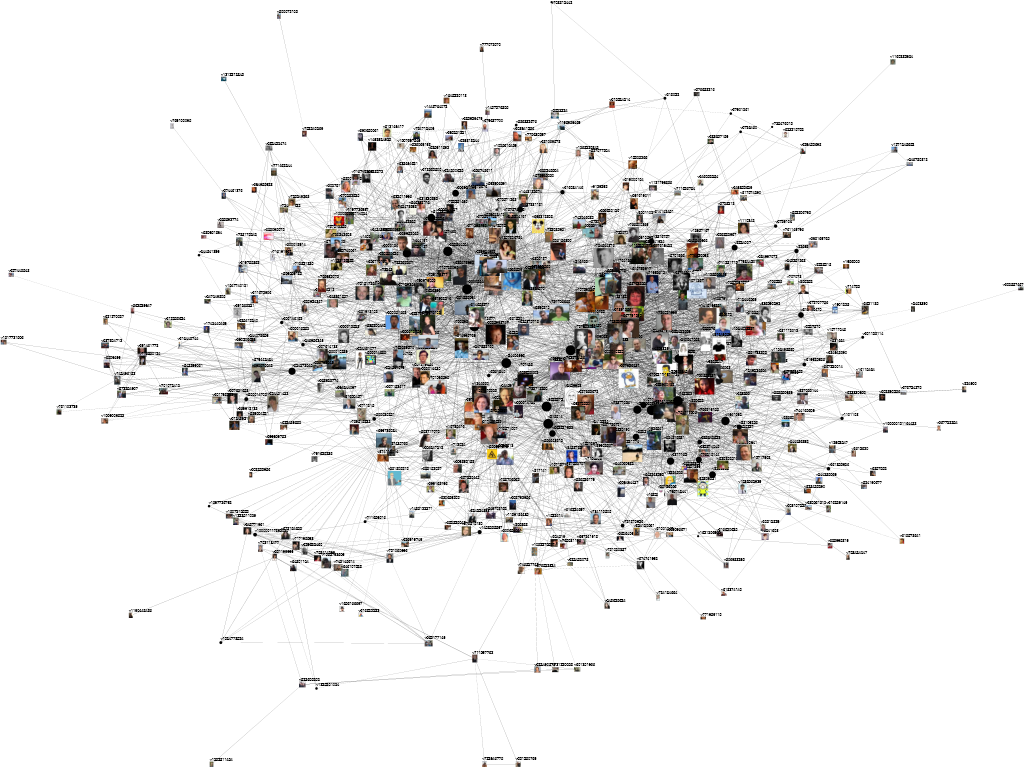Claims operations have ascended the value chain from an “island in the stream” technical function into a key facet of the customer value proposition. To handle the growing demands, it's important to think about work comp claims in terms of four lanes. The first lane is governed by compliance rules and requires not just compliance awareness, but the knowhow to optimally integrate compliance into the operation. The second lane is focused on vendor management. This needs to go beyond simply outsourcing non-core competencies. Successful companies concentrate on ways to leverage vendors to achieve superior outcomes and competitive advantage. The third lane is defined by business rules. This is where automation is fully deployed and constantly improved. This lane draws from rules-driven facets of each of the other three lanes. The fourth lane is the “interpersonal, interpretative and professional judgment” perspective. It relies on the subjective application of knowledge and human interaction. This lane leverages engagement, training, technology and analytics to continuously accelerate accurate decision making, enhance performance and improve quality. The four lanes represent perspectives and should not be confused with a company’s organogram. Indeed, each lane touches every facet of any organogram found in the insurance industry today. The compliance, vendor management, business-rules and professional judgment lanes all benefit from a strong commitment to business process improvement (BPI). Data capture and analytics that support measurement of performance along the entire claims’ value chain is integral to BPI. The BPI discipline uses data to identify best practices, implement those practices, assess their effectiveness and uncover opportunity for further improvement. Embracing the four-lane view and BPI model will help carriers make strong, data-based decisions as they reconfigure their claims departments to control costs, stabilize case reserving and improve outcomes of their claims operations. Great tools, talented people and sound business practices are the timeless ingredients of success, as is operational adaptivity. Today’s workers’ compensation carriers are operating in an environment of increased uncertainty and complexity. Carriers face headwinds because of a shift into a healthcare-centric business, which has caught many carriers flat-footed. Medical costs are approaching 70% of the total claims spending in many jurisdictions. The utilization and cost of pharmaceuticals is rising at a rapid rate. According to the California Workers’ Compensation Institute, pharmacy and home-medical-equipment costs have risen by more than 250% since 2004. Today’s companies must adapt their models to concentrate on effective and efficient delivery of care that improves patient outcomes, exudes customer value and underpins superior combined ratios. The undeniable reality is that the nature of work comp claims has changed. Traditional ideas on the core competencies necessary to operate an effective claims operation need to be challenged and adjusted. Positive differentiation and sustainable market leadership depend on effectively incorporating the ingredients of success into a well-defined strategy that produces desired results and provides an agile framework for continual business evolution.
'4-Lanes' Approach to Work Comp Claims
Work comp claims operations have become a key part of the customer value proposition, so it's crucial to analyze them the right way.



















